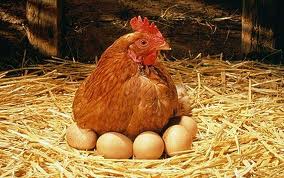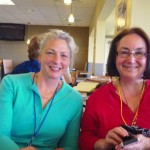No, I’m not talking about backyard chickens! Have you ever read a scene you admired and then wondered how the author did it? For many novelists, the tricks of creating a deeply resonant scene that also moves the story seem mysterious.
Writing Tip for Today: The biggest secret of crafting great scenes? Don’t try to write it all at once. Rather, layer your scenes like lasagna.
Here are some other things to consider:
- Block it Out. Rather than just allowing yourself to blindly write a next scene, take time to ask yourself what needs to be accomplished. Does your heroine need to decide to throw in the towel? Is your hero in mortal danger that you must somehow rescue him from? Use the answers to block out a scene by writing a draft where the necessary players are on stage. In theater, scenes are blocked out initially, directing the actors’ movements or places to stand. Your first draft of a scene may be heavy on dialogue and talking head speeches–that’s OK for a draft.
- Flesh it Out. On a different day or writing session, reread your draft. Pay attention to setting, subtext (the undercurrent of unspoken emotional stuff) and action. Learn to weave these three elements (either in separate sessions or all at once) around the initial blocking and dialogue. By weaving, you can avoid the dreaded “chunking” that pulls the reader away from the story.
- Buff it Out. Go through the “fleshing” as many times as necessary. You are aiming for the right balance of details, action and dialogue. When you are satisfied, buff out or polish the scene by attending to PACING. This means you will trim spots that seem to go on and on, and add to places that skim over important details. I suspect that most if not all novelists and story authors use a layering approach to craft great scenes–and you can learn these techniques by practicing and writing lots and lots of scenes. Go for it!







I love this. I write with layers. I can’t just put down the whole scene in one swoop. I need to revisit, revisit, and add. Thank you!
Lori,
I do this too–and I often say to students whose 1st drafts are dialogue-heavy that they use this as a way to cut back the dialogue and still get the scene across. Thanks for your comment! Hope you’ll come back often.
Linda